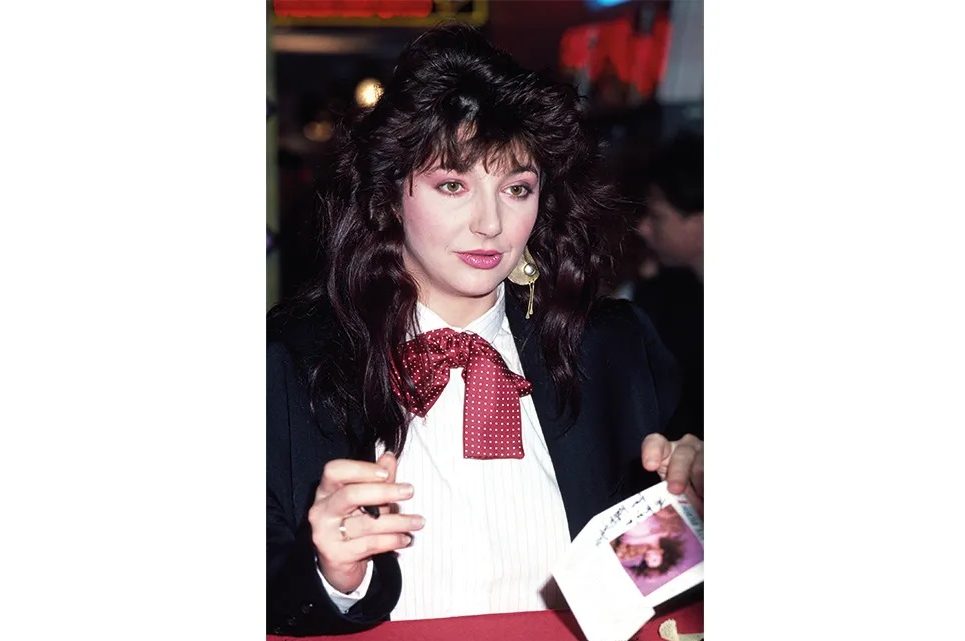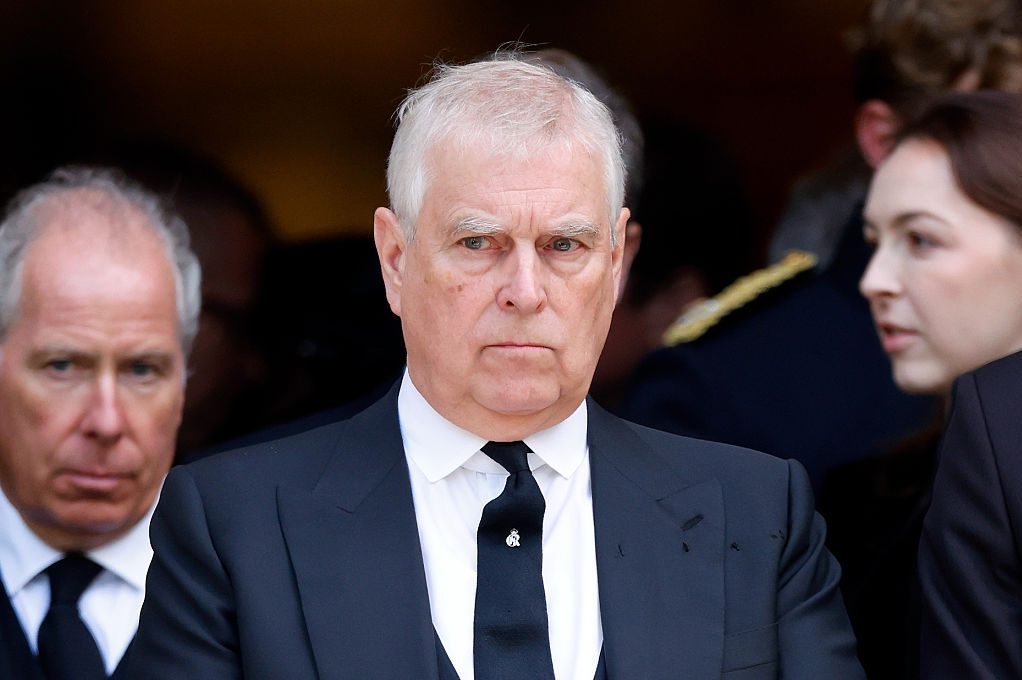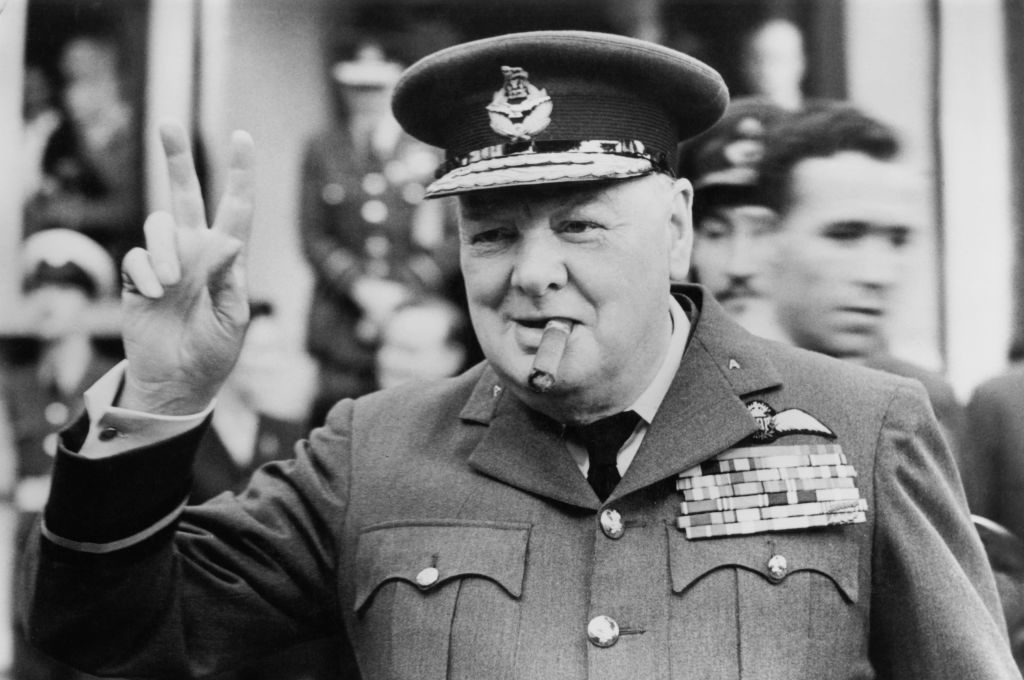In 2019, Kate Bush felt the need to issue statement on her website clarifying that she was not a supporter of the Britain’s Conservative Party. Nearly three years earlier, in an interview with a Canadian magazine, the singer-songwriter had appeared to express her admiration for former prime minister Theresa May, stating: “I actually really like her and think she’s wonderful… It’s the best thing that’s happened to us in a long time.” This rare foray into British politics from a performer whose reticence about her private life has bordered on the Trappist went down about as well as David (“Scotland Stay with Us”) Bowie’s contribution to the Scottish Independence Referendum debate.
Taylor Swift may have Eras, but Kate Bush is more of an aeons artist, operating in glacial deep time
But Twitter (as was) be damned. Surely the most brilliantly Bush-like thing about the story was the length of time it took her to clear up the matter of her political preferences. For whatever else we know about Kate Bush it is that since the late 1980s she has moved at entirely her own pace, with whole decades on occasion passing between albums. Who, after all, could have predicted her return to live performance in 2014, following an absence of some thirty-five years? Or that, no less mercurially, she would opt to mount her gloriously theatrical Before the Dawn concert residency at the Hammersmith Apollo — the same venue where she’d concluded her first and only rock tour in 1979? Taylor Swift may have Eras, but Bush is more of an aeons artist, operating in glacial deep time.
To date, some thirteen years have elapsed since her last studio album, 50 Words for Snow. Yet in 2022 she became, aged sixty-three, the oldest female solo artist to top the UK charts when her 1985 single “Running Up That Hill” went to no.1. This late smash and grab on the charts both here and in America, where it reached no. 3 in the Billboard Hot 100, was almost entirely due to its use in the 1980s-set Netflix supernatural TV series Stranger Things. Bush’s previous UK no. 1 was back in 1978, with her debut release “Wuthering Heights.” With a pleasingly spooky synchronicity, that song had been written after the singer, aged just eighteen, had caught the final ten minutes of Robert Fuest’s schlocky film adaptation of Emily Brontë’s novel on the telly: Timothy Dalton, a future James Bond, starred as Heathcliff.
Both Leah Kardos’s new monograph on Bush’s 1985 album Hounds of Love, a record that spawned four top forty hits, including “Running Up That Hill” (which last year ratcheted up more than a billion streams on Spotify), and the revised, updated edition of Graeme Thomson’s assiduously researched full biography Under the Ivy (originally published in 2010), appear at a point when the singer’s reputation could scarcely be higher.
Kardos’s book, Kate Bush’s Hounds of Love, which combines the technical detail of the author’s background as a musicologist with the fannish enthusiasm of a nerdy devotee, opens at Bush’s lowest point. That was in 1982, when her first self-produced album The Dreaming proved such an expensive flop that it almost scuppered her career. Artistically, however, it marked a breakthrough. Now liberated by the Fairlight sampling synthesizer from reliance on the jobbing session musicians who’d hobbled her early albums, Bush built a studio at her parents’ farm in East Wickham, Kent. There she set about creating Hounds of Love without the worry of incurring hefty bills from the likes of Abbey Road.
Kardos argues that Bush’s insistence on doing things her way on that record served as an inspiration to subsequent generations of “self-producing singer-songwriters, particularly non-male ones” (everyone from Tori Amos to Taylor Swift in her purlieu). It’s hard, however, to picture Swift issuing an album featuring the animal impersonator Percy Edwards, or writing a song about the sex therapist William Reich; but as one of Thomson’s interviewees, the bass player Youth, who played on the album, confirms, Bush has always been “quite hippy, dippy, dreamy… ‘out there…’ quite a head” in fact, with a Maitreya healer, as we learn elsewhere, one of her most trusted confidantes.
Kate Bush was once asked by the lyricist Don Black to name her favorite singer. She replied “the ‘blackbird,’” according to Thomson. Kardos, more in the spirit of such Bushian out-there-ness, has a section chronologically listing the appearances of this warbler in her output, and also casts the Before the Dawn concert set list as a spiritual ritual. This live spectacle, in which Bush performed alongside her son Bertie in 2014, she confesses, left her “melted to a puddle.” Thomson is notably more critical, observing that in places it was “ridiculous, baffling and borderline embarrassing,” before saluting Bush for having the bravado to do what she wanted to do, rather than pandering to the public’s longing for hits.
But who could, in honesty, have expected that? With Bush the unexpected is about the only certainty, as these books more than attest. To prove my point, the day after I filed this review, she released an animation for the charity War Child about a Caucasian pygmy shrew.
This article was originally published in The Spectator’s UK magazine. Subscribe to the World edition here.

























